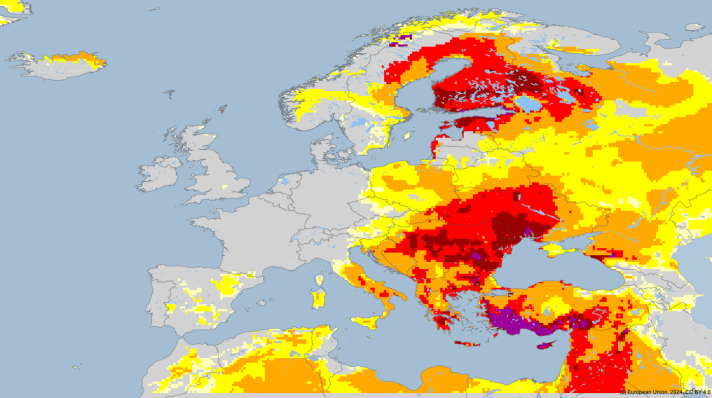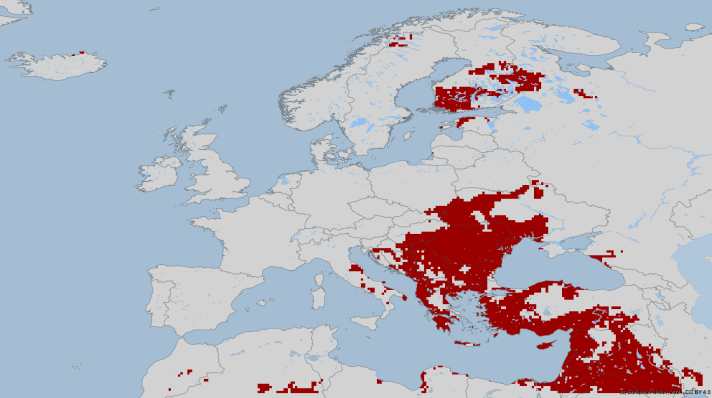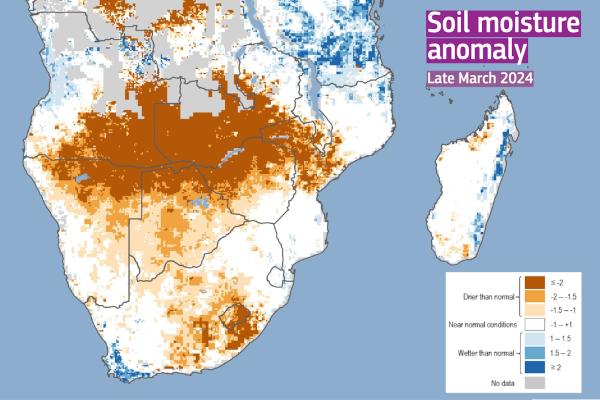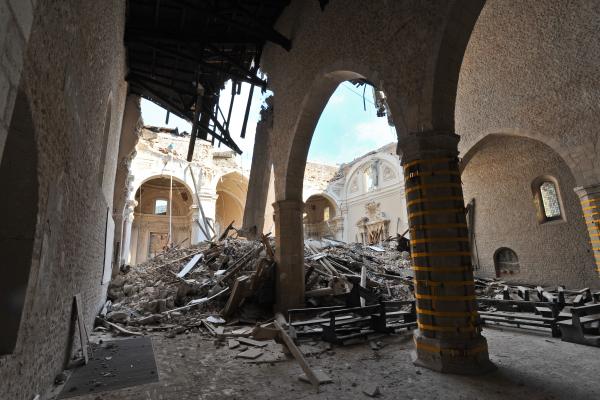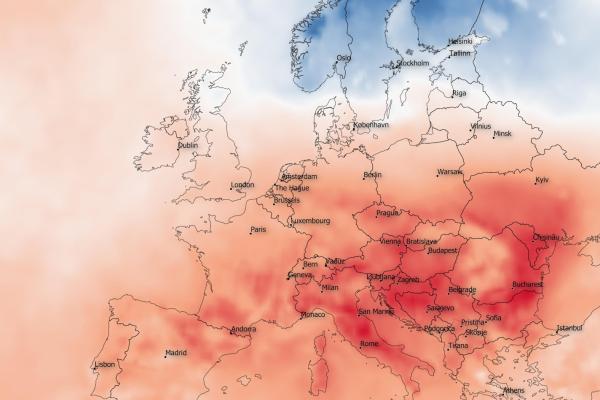
Northern Africa has been severely affected by drought for the past six years, with no signs of a reprieve this summer. Southern and eastern Europe are now braced for similar challenges having already experienced two years of persistent drought conditions. Above-average temperatures and heatwaves combined with low rainfall are impacting soil moisture and vegetation growth. Seasonal forecasts suggest this will continue, with warmer and slightly drier conditions this summer, particularly in southern Europe.
Drought conditions in early July 2024
Several countries across Europe were facing critical drought conditions during the first ten days of July. This followed the hot and dry conditions of 2022 and 2023 and has left southern and south-eastern Europe facing critical water shortages.
The European Drought Observatory at the JRC identifies agricultural drought, where plants and crops show signs of stress, in large areas of the Mediterranean region. This is particularly impacting central and southern Italy, north-western Spain, Greece, and central-western Türkiye. These conditions are also expanding to Ukraine, Romania, and southern Russia.
At the same time, central and western Europe were experiencing wetter-than-average conditions during the summer, with parts of France and Germany facing over-wet conditions which can also damage crops due to mould.
Impacts of drought and extreme heat
In early July 2024, the Mediterranean and large areas of eastern Europe faced drier than usual soil conditions. Some regions in Morocco, Algeria, and Tunisia were also experiencing prolonged drought conditions with significant impacts on vegetation. Meanwhile the western Alps and surrounding areas also experienced negative effects on vegetation which may be linked with over-wet conditions, late vegetative growth and delayed sowing.
Information from several sources shows that in Sicily, Italy, reservoirs are below alert levels, with volumes 45% lower than the previous year. 25% of municipalities have issued water-saving regulations as drought caused a 25% loss in agricultural production - severely affecting citrus fruits, wheat, and vineyards, with economic damages estimated at €2.7 billion euro. Animals are drinking mud as lakes dry up and farmers have been forced to slaughter animals due to food and water shortages.
Tragically, a heatwave in Cyprus caused the deaths of two older people, while Türkiye is battling wildfires as temperatures soar above 40°C. In response to dangerously high temperatures, the Greek Ministry of Culture and Sports closed the Acropolis site in Athens from 12.00 to 17.00 (CEST) on 17 and 18 July. Similarly, Albania rescheduled civil servants' working hours to avoid exposure to the extreme heat.
Drought forecast for the coming months
These impacts are likely to continue with drier than normal conditions predicted between July and September 2024 over the Iberian Peninsula, southern France, central-northern Italy, Slovenia, Croatia, Hungary, Slovakia, eastern Europe, southern Russia, and northern Africa. Meanwhile close to average or slightly wetter than average conditions are predicted for northern Europe.
The prolonged lack of rainfall across most of south-eastern Europe and northern Africa, alongside warmer than average temperatures, may affect river flows and impact agriculture, ecosystems and energy production. Managing water resources carefully is essential to minimise these negative impacts.
Positive impact on society: using data to manage disasters
These reports are shared within the civil protection community and on the Knowledge Network platform set up by the EU Directorate General for European Civil Protection and Humanitarian Aid Operations. This sharing of knowledge helps to better prepare for and react to extreme weather conditions. By predicting and understanding drought and other extreme weather events, authorities can work together to protect lives and livelihoods in Europe and around the world.
Background
The European Drought Observatory (EDO) based in the JRC continuously monitors the development and impact of droughts within Europe and around the world. The current drought situation in Europe page shows the latest analysis.
Related links
The JRC publishes regular analysis of agricultural yield forecasts for Europe in the JRC MARS Bulletins.
The European Commission’s Civil Protection and Humanitarian Aid Operations department (DG ECHO) was created in 1992 and now supports civil protection for a better coordination and disaster response inside and outside Europe, through the EU Civil Protection Mechanism and the work of the EU’s Emergency Response Coordination Centre.
Details
- Publication date
- 31 July 2024
- Author
- Joint Research Centre
- JRC portfolios

